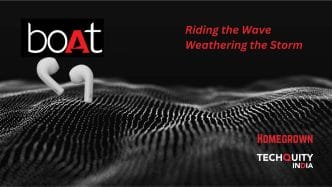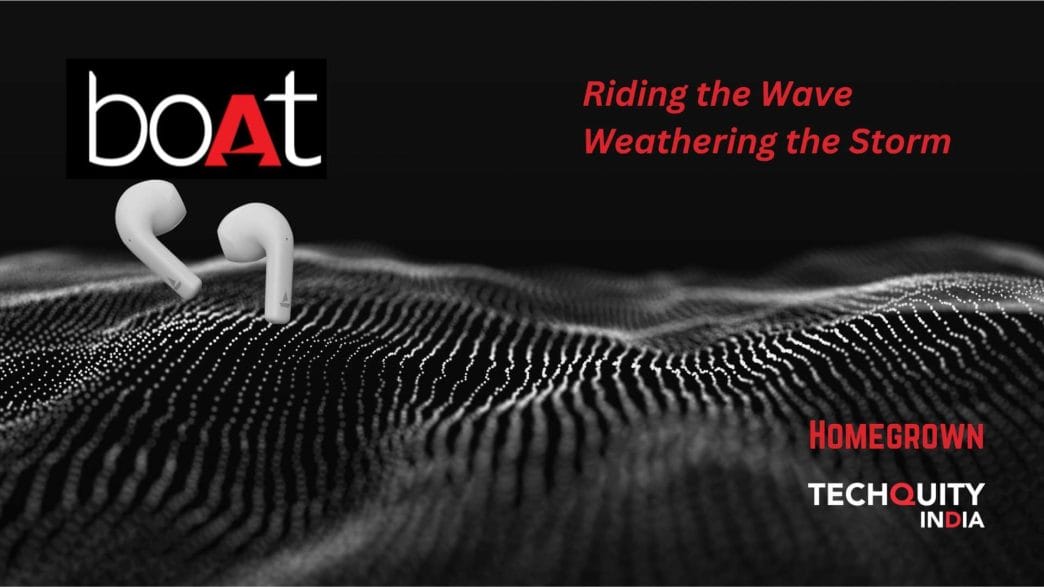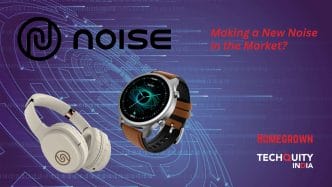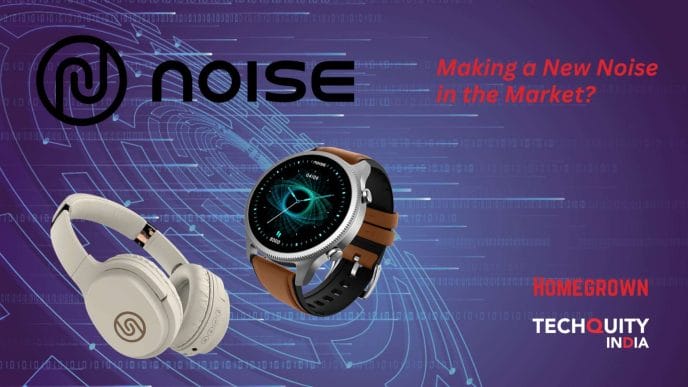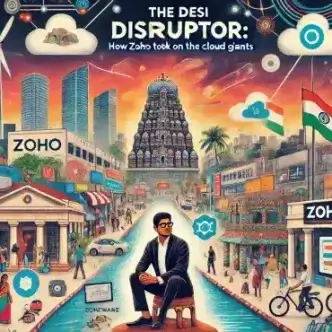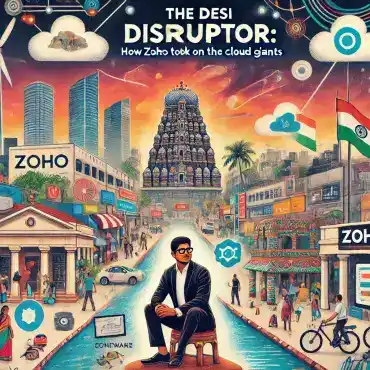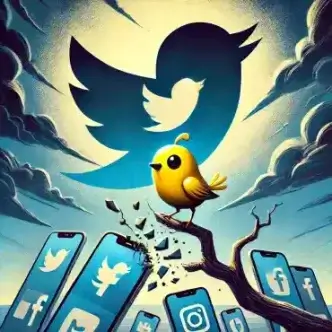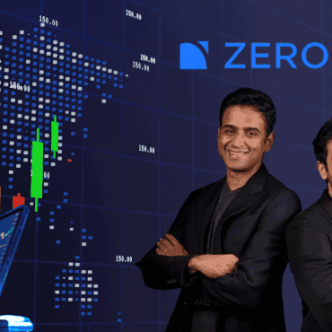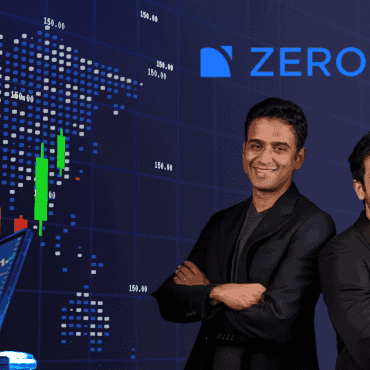 There aren’t many brands that would dare to challenge Apple in the consumer electronics space. The tech giant’s brand loyalty and reputation for innovation mean that any brand trying to go toe-to-toe with it either has to be incredibly confident or incredibly foolhardy. Which category boAt will end up in remains to be seen.
There aren’t many brands that would dare to challenge Apple in the consumer electronics space. The tech giant’s brand loyalty and reputation for innovation mean that any brand trying to go toe-to-toe with it either has to be incredibly confident or incredibly foolhardy. Which category boAt will end up in remains to be seen.
The young Indian audio brand, recently took a bold step by launching an ad campaign directly comparing their wireless earphones, the Airdopes, to Apple’s AirPods. The campaign playfully highlighted the significant price difference, suggesting that consumers don’t need to spend a fortune for good audio quality. With provocative taglines such as ‘don’t be a fanboy; be a boAthead’, and encouraging people to ‘think better’ and not ‘think different’, boAt is banking on success as a challenger brand focused on affordability and youthful vibrancy.
However, this wave of mostly positive publicity was quickly overshadowed by a major data breach, compromising the personal information of 7.5 million boAt customers. The leaked information includes critical personal details of customers – names, addresses, contact numbers, and email IDs. This incident rocked the company and exposed vulnerabilities in their cybersecurity practices and raised serious concerns about consumer trust. As boAt navigates these contrasting situations, let’s take a closer look at their journey – from humble beginnings to their current position in the Indian market.
Anchored in Affordability, Reaching for Aspirations
boAt set sail in 2014 when Aman Gupta and Sameer Mehta, two young entrepreneurs, identified a gap in the Indian audio market. The duo saw a growing demand for stylish and affordable audio accessories, particularly among the young and tech-savvy demographic. They envisioned a brand that resonated with this audience, offering products that were not just functional but fashion statements.
The company began as a bootstrapped firm, with the founders contributing an initial capital of about Rs 30 lakh. Initially, boAt was a cable manufacturer and seller, with its first products being Apple chargers and cables. However, boAt quickly recognized the rising trend of wireless technology. They pivoted their strategy, launching Bluetooth earphones and speakers that combined trendy designs with competitive pricing. This resonated with their target audience of millennials, propelling boAt to become a major player in the Indian audio segment within a few years.
boAt’s success can be attributed to its focus on creating a distinct brand identity. Unlike its competitors, often perceived as purely functional, boAt cultivated a youthful and vibrant image. Their product designs incorporated bold colors, trendy patterns, and celebrity collaborations – elements that resonated with a generation seeking to express themselves through their gadgets. They took this millennial need for self-experession and created a community around it, urging everyone to become a ‘boAthead’. In their own words, a boAthead is ‘someone who loves to groove, is always on the move, and crazy about reaching their goals!’ By selling an emotional proposition on top of a functional one, boAt has been able to carve out a niche for itself in a crowded market.

Captains of the boAt
The man behind the branding success of boAt is co-founder and CMO Aman Gupta, the more publicly known of the two co-founders.
A commerce graduate from Delhi University, Gupta went on to complete an MBA in Finance and Strategy from the Indian School of Business and got a degree in General Management and Marketing from the Kellogg School of Management at Northwestern University. He also gained some valuable experience in electronics through his family business. That coupled with work experience at JBL helped him eventually co-found boAt with Sameer Mehta.
On the back of boAt’s success, Aman Gupta served as a judge on the first three seasons of Shark Tank India and also became the first entrepreneur to walk the red carpet at Cannes in 2023.
His co-founder Sameer Mehta serves as the CEO and Chief Product Officer at boAt. Mehta completed his schooling in Mumbai and got his bachelor’s degree in commerce from Narsee Monjee College of Commerce and Economics. Mehta also co-founded Imagine Marketing Pvt. Ltd., the parent company of boAt.
With Mehta’s guidance, boAt has developed a sharp consumer-first approach. Speaking about the thought process behind the company’s earliest products, Mehta said, “The Apple cable used to break near the charging end (near the connectors). People used to make do, by taping over it. So we launched a tough, braided cable, with a life cycle of 10,000 bends.” Product development ever since has been based on solving consumer problems that are not being addressed by any other brand.
Navigating Choppy Waters
boAt’s success story is not without its challenges. The Indian audio market is fiercely competitive, with established international brands like Apple, Sony, JBL, and Sennheiser vying for market share. Additionally, domestic players like Boult Audio and Noise are further intensifying competition by reaching out to a similar target audience as boAt. As result, boAt has amped up spending on marketing efforts which has impacted its bottom line.
In contrast to most startups, boAt had been been profitable for eight consecutive years before posting its first-ever loss of Rs 129 crore in FY23. On the upside, its aggressive marketing and business development spends helped boAt’s parent company reported its highest-ever revenue of Rs 3,377 crore in the same fiscal year.
boAt’s recent growth has been underpinned by its smartwatches and other electronic wearables as opposed to its audio portfolio. boAt has emerged as the second-largest wearable brand globally, behind Apple. In FY23, boAt reported an impressive 75% year-on-year growth in wearable sales while its audio accessories range only showed 3% growth during the same period.
This slowdown in core product sales coupled with IPO ambitions explains why boAt felt the need for an aggressive marketing campaign to take Apple head(phones)-on. boAt’s strategy is a calculated risk. While it attracts attention and taps into a price-conscious consumer segment, it also risks alienating Apple loyalists and potentially painting boAt as a budget brand lacking in innovation. The campaign has successfully generated interest and social media buzz; boAt must navigate the risks to translate this buzz into long-term brand loyalty. By focusing on product innovation, value proposition, and a message that transcends price alone, boAt may be able to establish itself as a force to be reckoned with in the audio market – one that can even take on the mighty Apple.
Before any dreams of overtaking Apple bear fruit however, boAt needs to restore consumer confidence which has been shaken following the recent data breach. It has raised serious concerns about boAt’s cybersecurity practices and its commitment to data privacy. This incident could erode consumer trust in the brand, potentially leading to customer churn and hindering future growth.
The ramifications extend beyond immediate financial losses. Building a loyal customer base is crucial for any brand, and trust is the foundation of that loyalty. In the aftermath of the breach, boAt must prioritize rebuilding consumer confidence by implementing robust data security measures and ensuring complete transparency in their communication about the incident which has been lacking so far.

Smooth Sailing Ahead?
boAt’s journey is a testament to the potential of homegrown Indian brands to disrupt established markets. Their focus on affordability, design, and catering to the aspirations of the young Indian consumer has propelled them to the forefront of the audio segment.
Moving forward, boAt must strike a balance between maintaining their core strengths and addressing their vulnerabilities. Investing in data security, fostering brand loyalty, and continuously innovating will be critical in their quest to remain a dominant force in the ever-evolving Indian audio market. The success of their strategy will hinge on their ability to not only ride the wave of consumer trends but also weather the storms of competition and data security concerns.

____________
Written By: Nimesh Bansal
